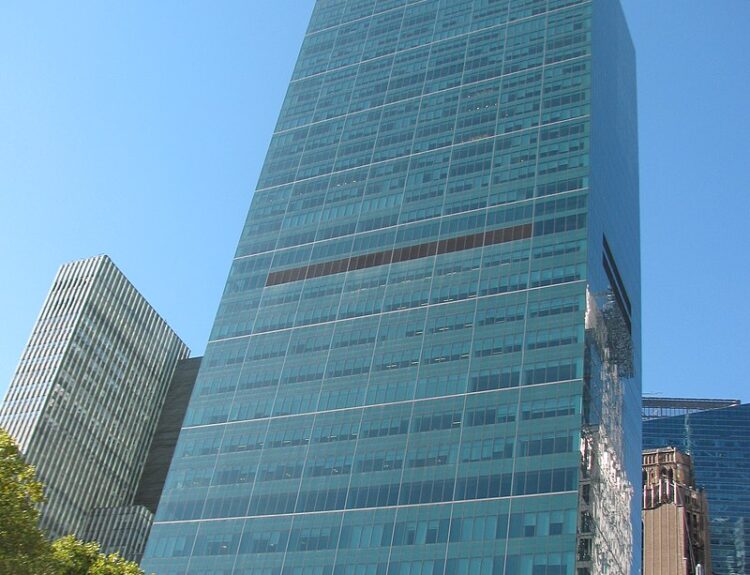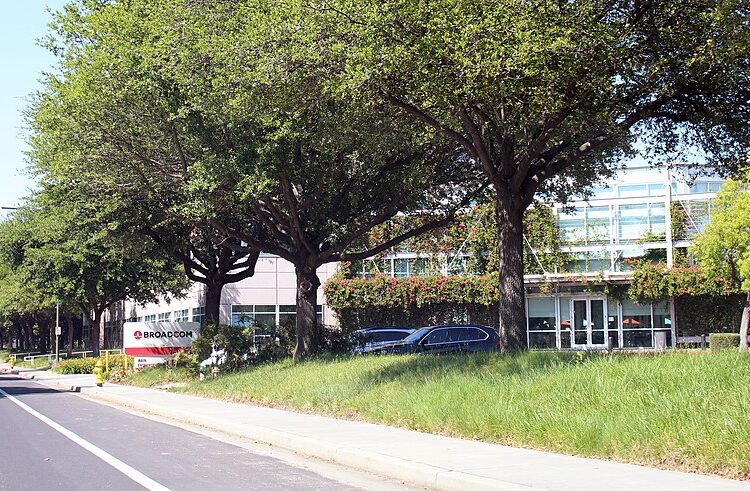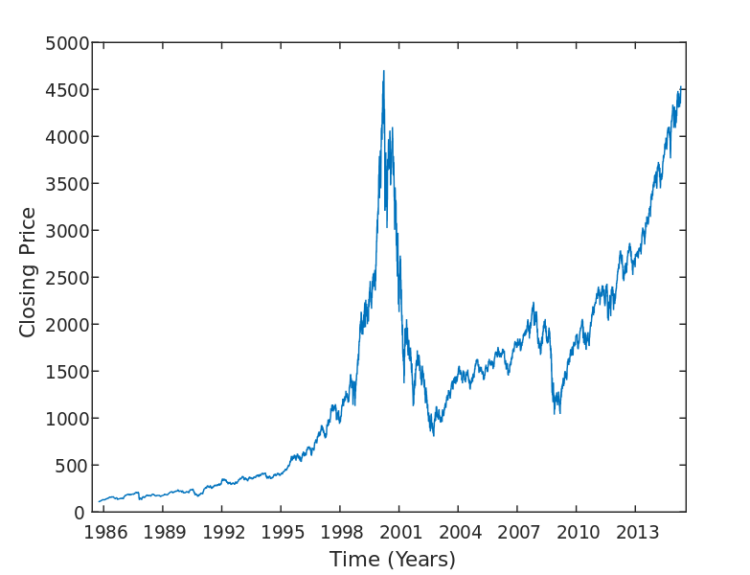NASA is sending a technology demonstrator to repel and remove lunar dust using electricity
- NASA is sending a technology demonstrator to the moon on the private Firefly Blue Ghost Mission 1 in 2024
- The mission aims to test how to repel and remove lunar dust using electricity
- Lunar dust poses a threat to astronauts and spacecraft due to its jagged and electrostatically charged nature
- NASA’s Electrodynamic Dust Shield (EDS) technology is being developed to mitigate damage caused by lunar dust
- EDS uses electrodes and electric fields to pick up and remove dust from various objects
- The EDS system will fly aboard Firefly Aerospace’s Blue Ghost Mission 1 in 2024
- A total of ten agency payloads, including the EDS prototype, will launch to the moon on this mission
NASA is planning to send a technology demonstrator to the moon on the upcoming private Firefly Blue Ghost Mission 1 in 2024. The mission’s main objective is to test how to repel and remove lunar dust using electricity. Dust on the moon poses a significant threat to astronauts and spacecraft due to its jagged and electrostatically charged nature. The difference between lunar dust and dust on Earth is that it is more piercing and sticky. Simply brushing lunar regolith across surfaces can worsen the problem as it is highly insulating and electrostatically charged. To mitigate this issue, NASA has developed the Electrodynamic Dust Shield (EDS) technology. EDS uses a combination of electrodes and electric fields to pick up and remove dust from various objects such as thermal radiators, solar panels, camera lenses, spacesuits, boots, and helmet visors. The technology has been in development since 2004 and has undergone testing in vacuum chambers and on the International Space Station. The next demonstration of the EDS system will be on Firefly Aerospace’s Blue Ghost Mission 1, which aims to land a lunar lander on the moon’s surface in 2024. A total of ten agency payloads, including the EDS prototype, will be launched on this mission.
Factuality Level: 8
Factuality Justification: The article provides detailed information about the challenges posed by dust on the moon and Mars, as well as NASA’s efforts to mitigate these challenges using the Electrodynamic Dust Shield (EDS) technology. The information is supported by quotes from a lead research scientist at NASA and details about the testing and future plans for the technology. The article does not contain irrelevant information, misleading content, sensationalism, redundancy, or biased perspectives. Overall, the article presents factual information in a clear and objective manner.
Noise Level: 3
Noise Justification: The article provides relevant information about the challenges of dust on the moon and Mars, as well as NASA’s Electrodynamic Dust Shield technology as a solution. It stays on topic and supports its claims with examples and data. However, there are some repetitive information and unnecessary details that could be considered noise.
Financial Relevance: No
Financial Markets Impacted: No
Presence Of Extreme Event: No
Nature Of Extreme Event: No
Impact Rating Of The Extreme Event: No
Rating Justification: The article does not pertain to financial topics and does not describe any extreme events.
Public Companies: NASA (N/A), Firefly Aerospace (N/A)
Private Companies: Intuitive Machines
Key People: Charles Buhler (Lead Research Scientist at the Electrostatics and Surface Physics Laboratory at NASA’s Kennedy Space Center)
 www.space.com
www.space.com 





